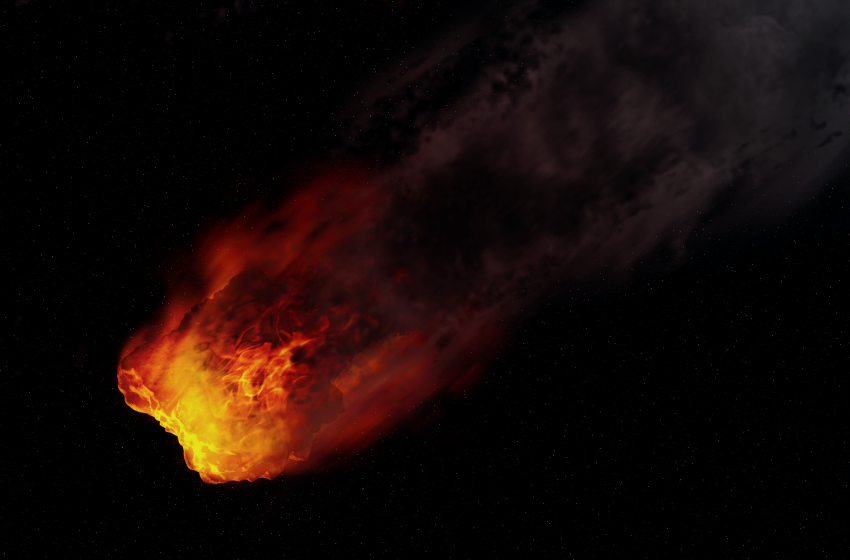4.6 billion-year-old meteorite may reveal the origin of Earth’s water

An ancient meteorite that crash-landed on a U.K. driveway may have solved the mystery of where Earth’s water came from.
The 4.6 billion-year-old space rock, which landed in front of a family home in the English town of Winchcombe in February 2021, contains water that closely resembles the chemical composition of water found on Earth — presenting a possible explanation for how our planet was seeded with the life-giving substance.
When the rocky inner planets of the young solar system first coalesced — clotting from the hot clouds of gas and dust billowing near the sun — they were too close to our star for oceans to form. In fact, past a certain point called the frost line, no ice could escape evaporation, making the young Earth a barren and inhospitable landscape. Scientists think this changed after Earth cooled, when a barrage of icy asteroids from the outer solar system brought frozen water to our planet to melt. Now, a new analysis of the Winchcombe meteorite, published Nov. 16 in the journal Science Advances, has lent weight to this theory.
Related: Giant reservoir of ‘hidden water’ discovered on Mars
“One of the biggest questions asked of the scientific community is, how did we get here?” study co-author Luke Daly, a lecturer in planetary geoscience at the University of Glasgow, said in a statement. “This analysis on the Winchcombe meteorite gives insight into how the Earth came to have water — the source of so much life. Researchers will continue to work on this specimen for years to come, unlocking more secrets into the origins of our solar system.”RELATED CONTENT—’False fossils’ littered across Mars may complicate the search for life on Red Planet
—Are flat-Earthers being serious?
—Oldest animal life on Earth possibly discovered. And it’s related to your bath sponge.
The space rock, a rare carbon-rich type called a carbonaceous chondrite, was collected just a few hours after it smashed into the ground and so remains largely uncontaminated, making it “one of the most pristine meteorites available for analysis”; it offers “a tantalising glimpse back through time to the original composition of the solar system,” said lead author Ashley King, a research fellow at the Natural History Museum in London.
To analyze the minerals and elements inside the rock, the researchers polished, heated and bombarded it with X-rays and lasers, revealing that it had come from an asteroid in orbit around Jupiter and that 11% of the meteorite’s mass was water.
The hydrogen in the asteroid’s water came in two forms — normal hydrogen and the hydrogen isotope known as deuterium, which goes to make up “heavy water”. The scientists found that the ratio of hydrogen to deuterium matched the ratio found in water on Earth, strongly implying that the meteorite’s water and our planet’s water shared a point of origin. Amino acids, the building blocks for proteins and subsequent life, were also found inside the rock.
To expand on this research, scientists may analyze other space rocks floating around the solar system, such as the asteroid Ryugu, which has also been found to contain the building blocks of life. A comprehensive survey of the solar system’s space rocks could give scientists even better insight into which rocks helped to seed early Earth, and where they came from.









